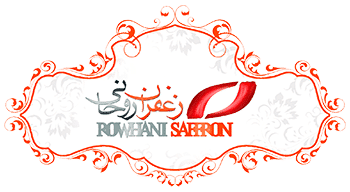History of iranian saffron
Saffron cultivation history goes back more than 2500 years ago . Apparently this plant is native to Greece and the Mediterranean region , but some believe that the primary habitat of saffron in the Zagros mountains , particularly in the area was COLD .
Although in the past, this plant is cultivated in central Iran at present agriculture as well as many other countries in South Khorasan , Fars , Kerman and Yazd is limited. Iran is the world’s largest producer of Iranian saffron and 90 . / .
The world ‘s saffron is produced in Iran . This plant has special advantages such as low water requirement , agriculturally – favorable growing season in autumn and winter and early spring jobs _ and many are producing a source of revenue saffron.
Iranian saffron per hectare during the growing season will produce 270 working days according to the acreage of 47,208 hectares annually over 7/12 million person-days of work is created.
Iranian saffron is produced in different years with fluctuations in production areas is mainly a function of precipitation .
Iranian saffron production rate of 160 tons in 1380, much of it is exported abroad . Because of the tendency to use natural additives instead of chemical synthesis in a variety of foods using saffron as a dye and natural flavors has increased .
In addition to the commercial sector is saffron stigma than other organs, it can be used . The color of saffron petals can be taken orally because it is part of the flower pigments of Ntvsanyn .
Fennel leaves can be used in livestock feed and seed are not suitable for small corms can also be used in the starch industry .







Get Social